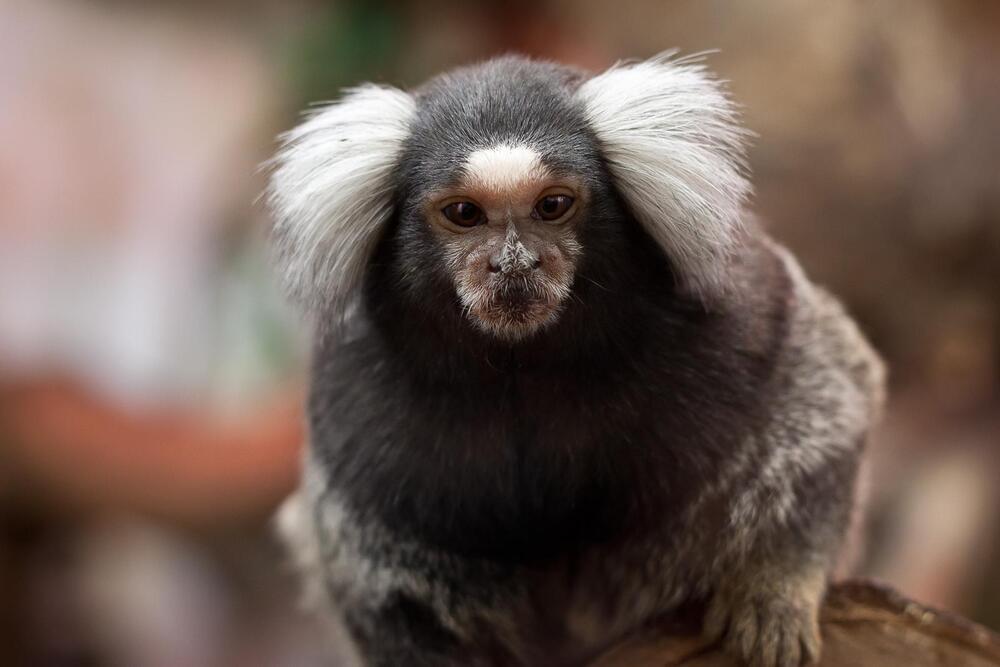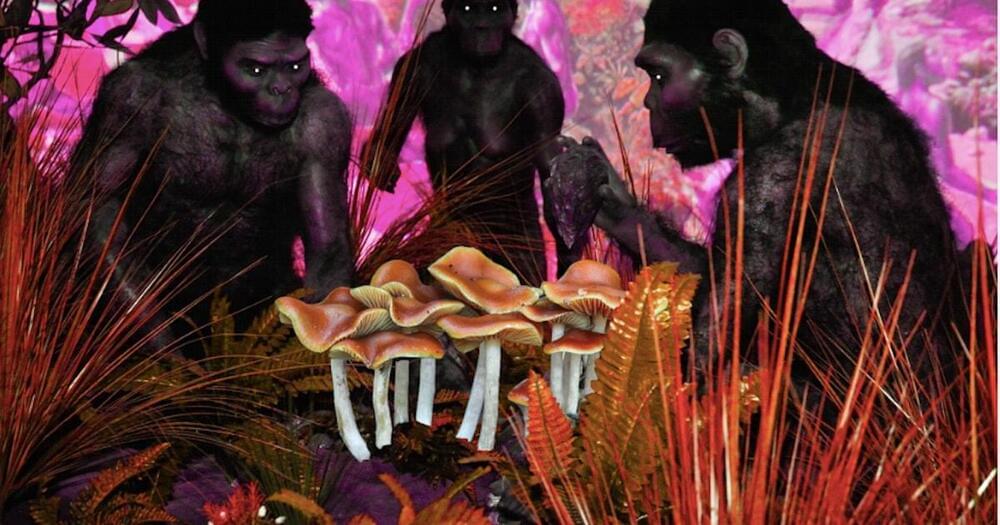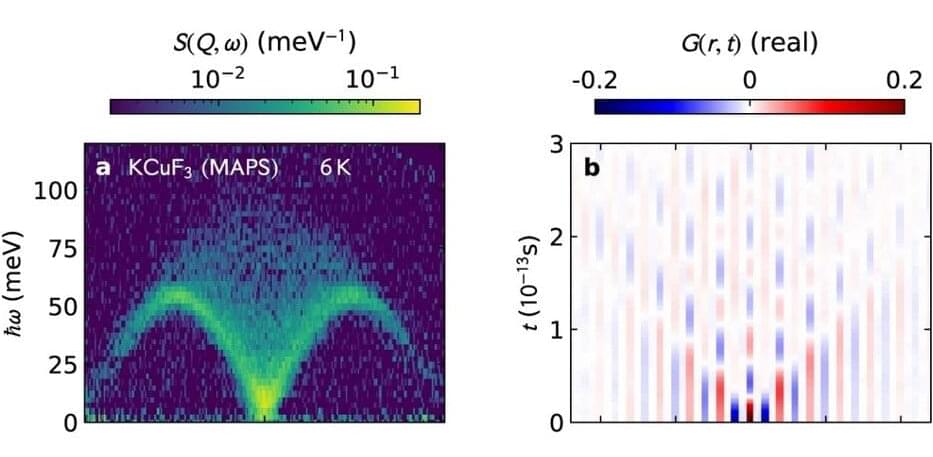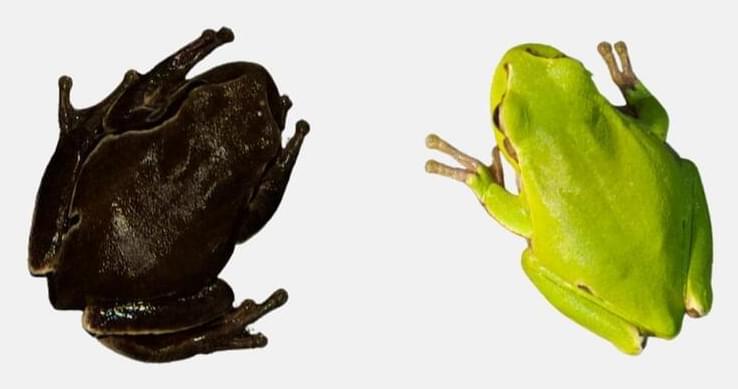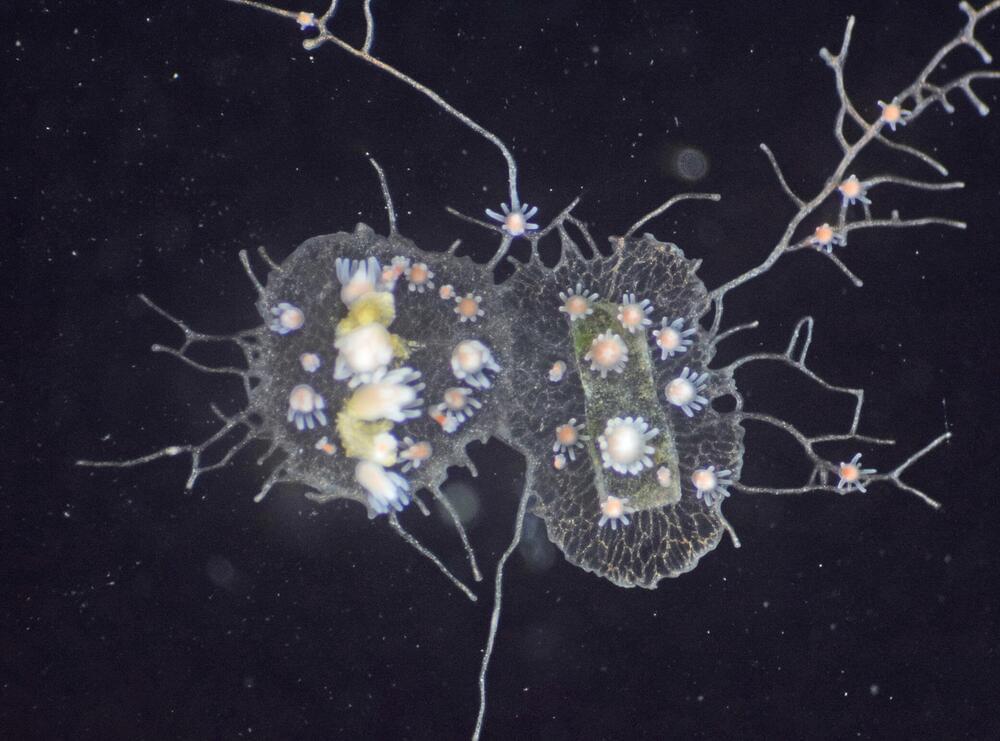So at this year’s Connect, which kicks off at 10 AM PT tomorrow with a keynote from Zuckerberg, the stakes feel even higher. And we still have a lot of questions about what it really means to be a “metaverse company.”
It’s perhaps the most obvious issue, but in the nearly a year since Zuckerberg first attempted to articulate what a metaverse is, it’s still not very clear. Last year, Zuckerberg described it as “an embodied internet where you’re in the experience, not just looking at it.” The company’s website currently says the metaverse is “the next evolution in social connection and the successor to the mobile internet.”
But what those words mean to most people is fuzzy at best. “Outside of early adopters and tech-savvy people, there’s still confusion as to what is the metaverse and what we’re going to be doing with it,” says Carolina Milanesi, a consumer analyst with Creative Strategies.


